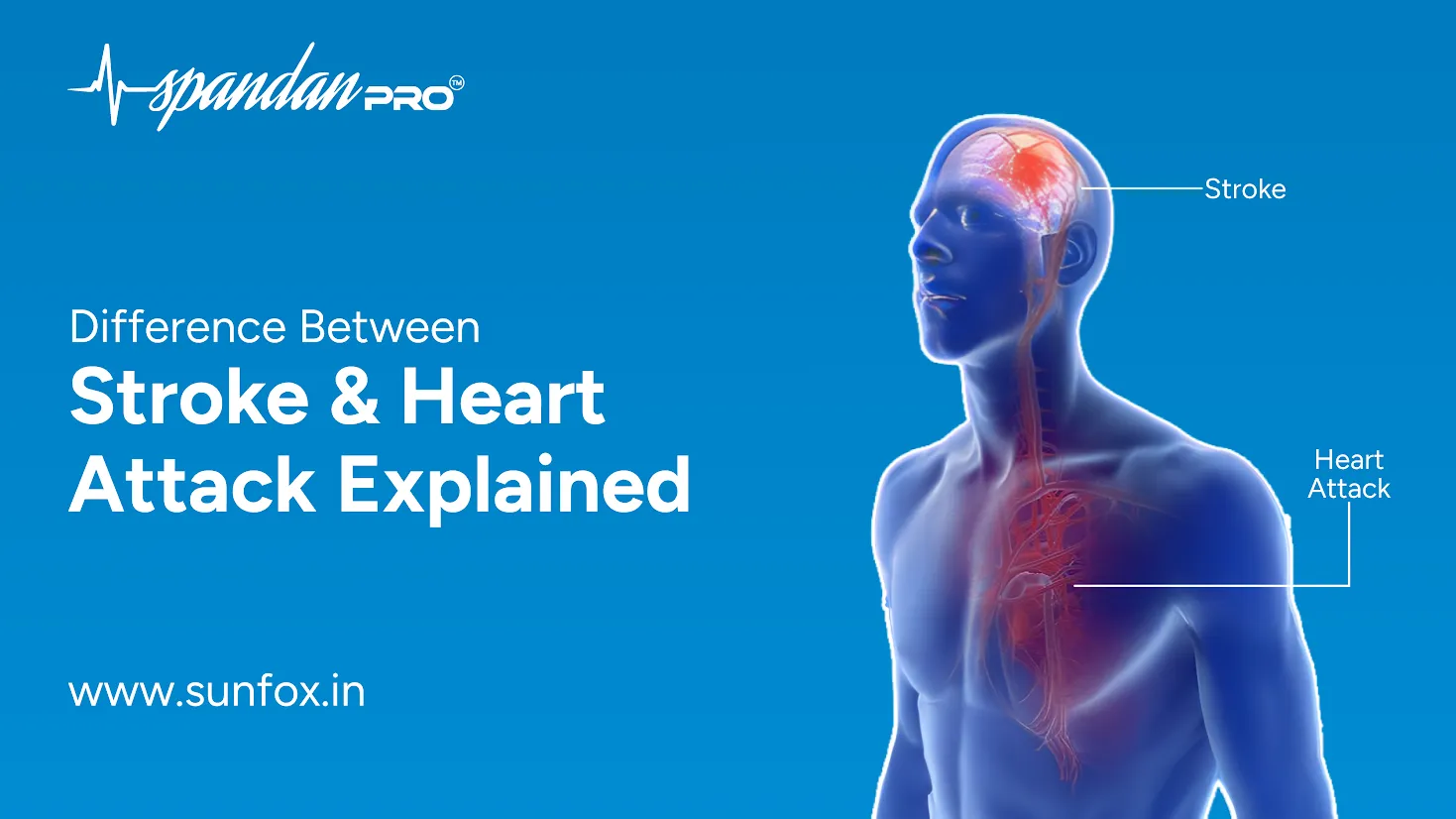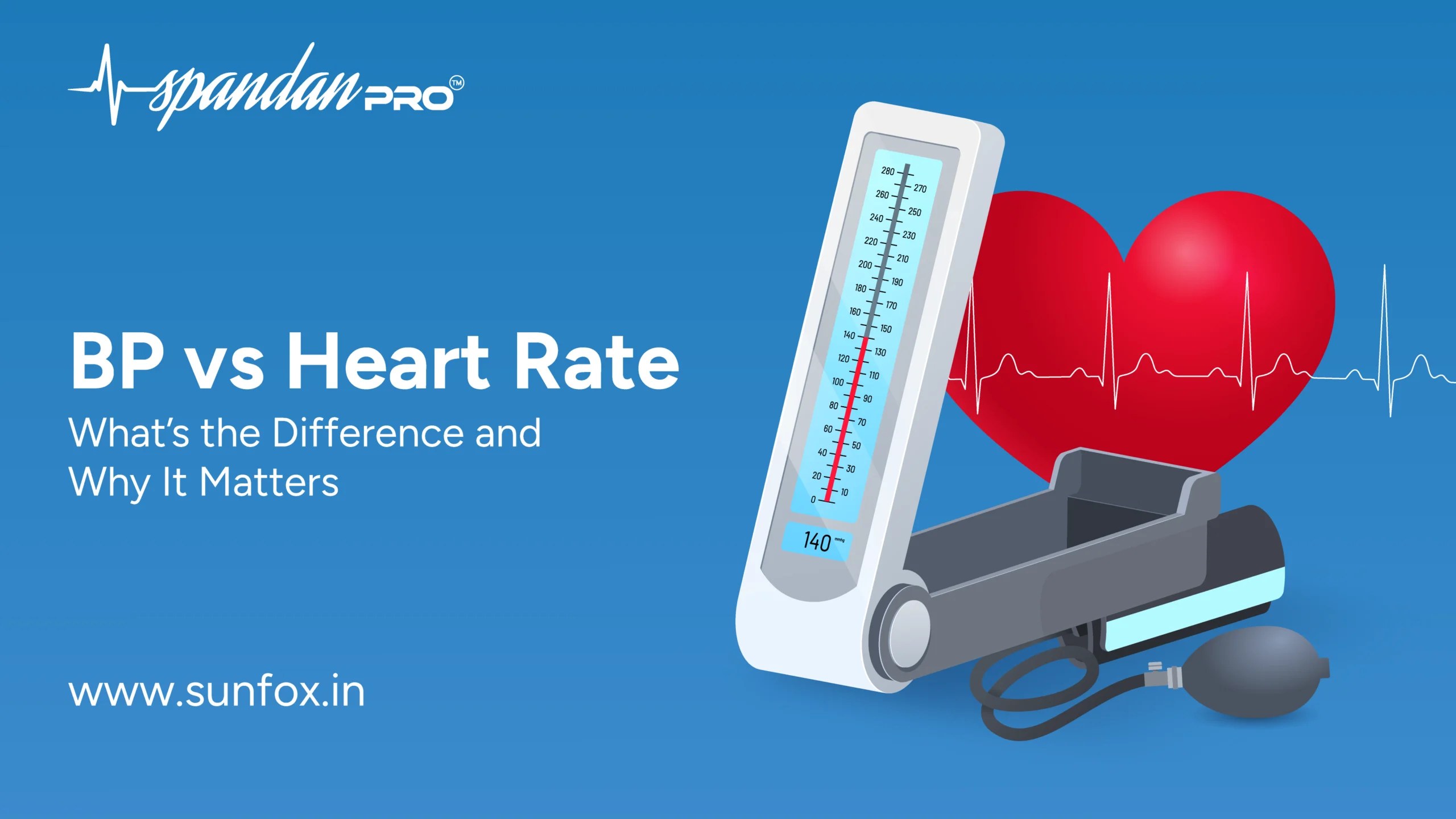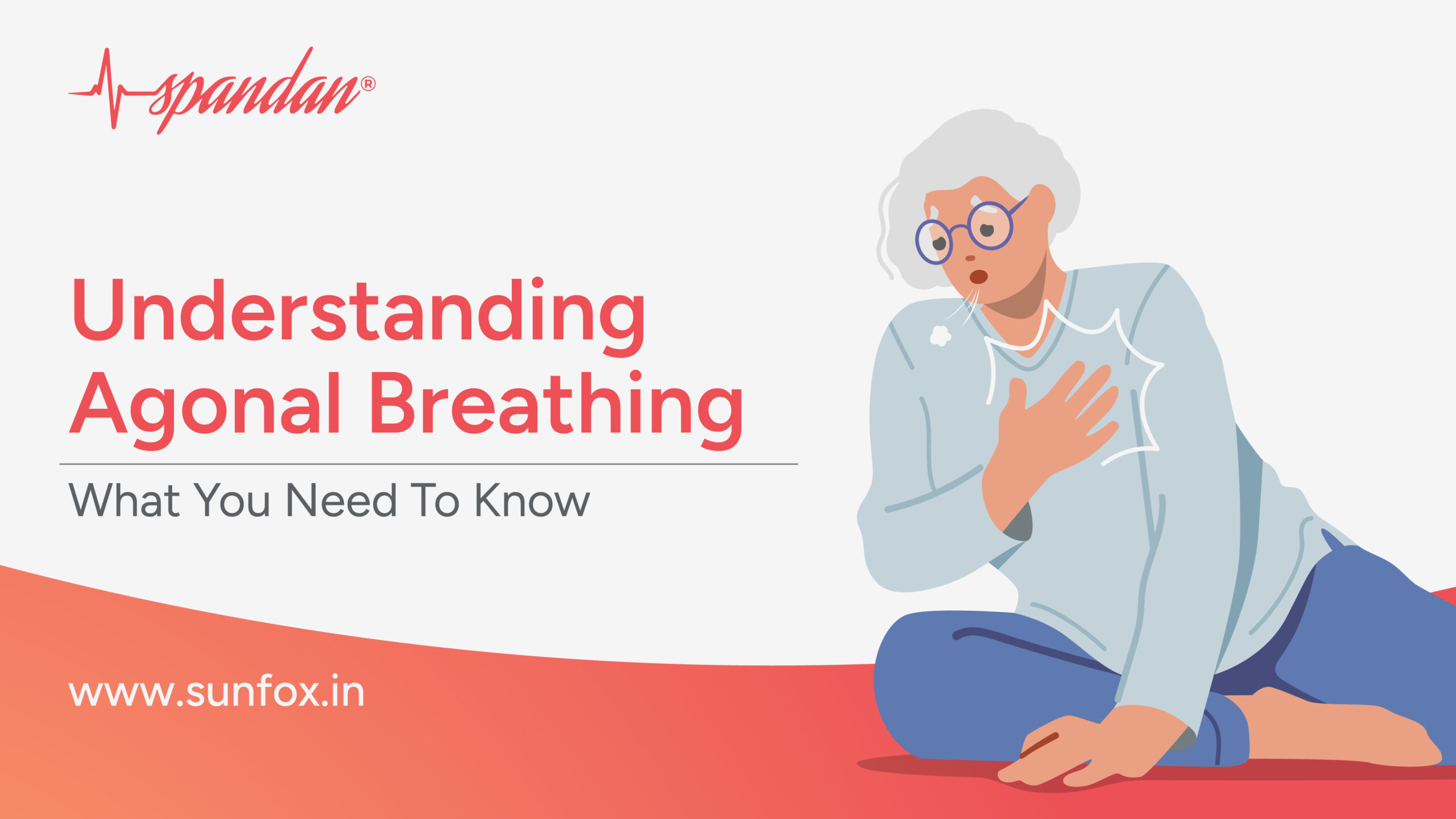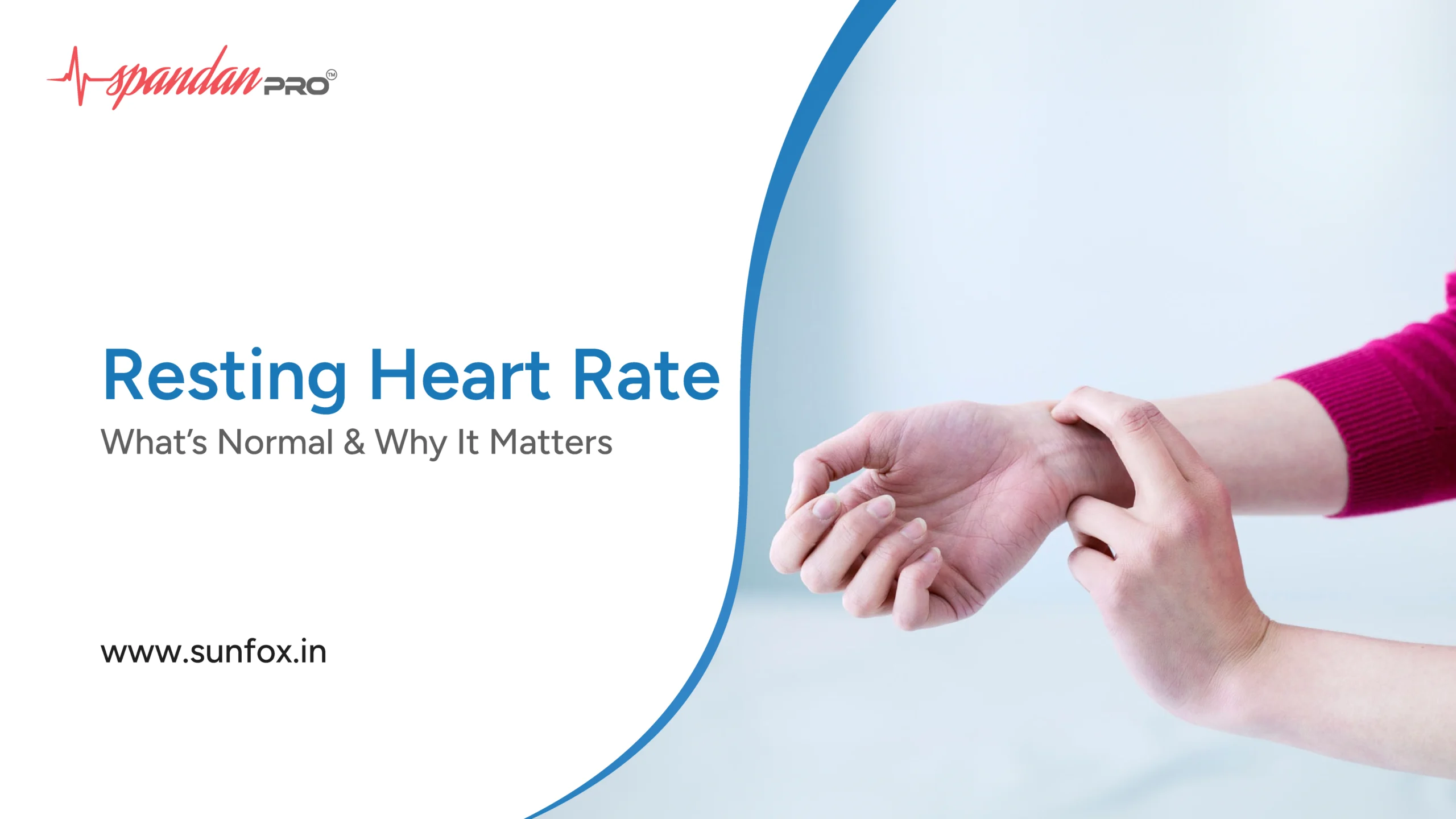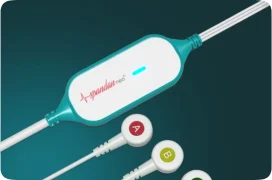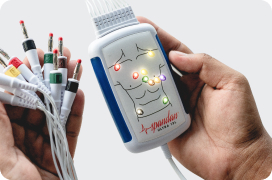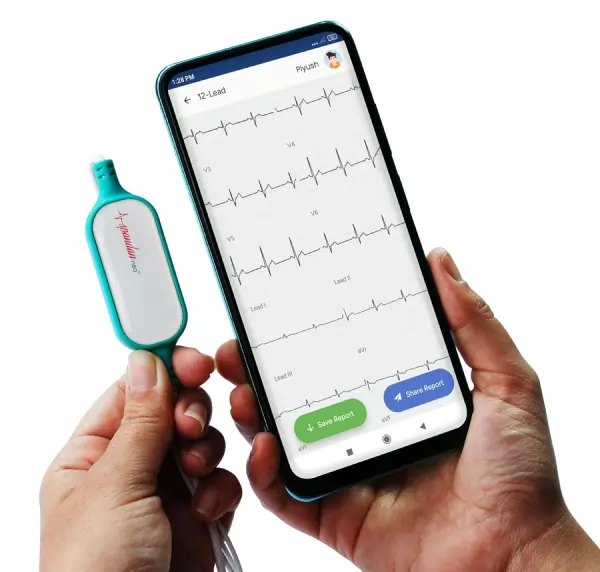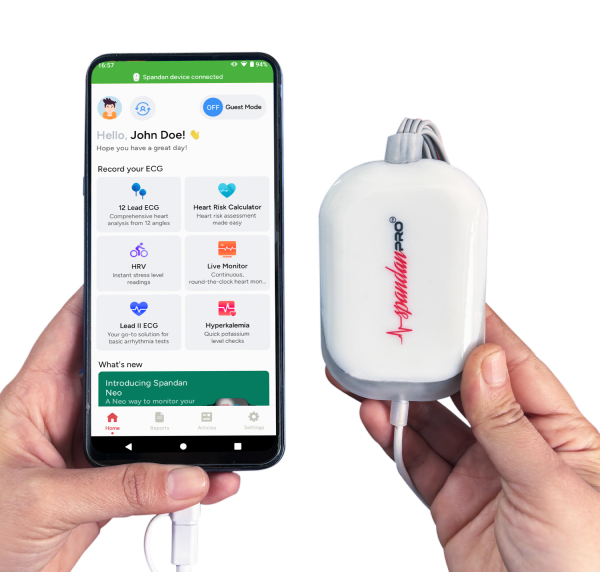
Pacemaker Potential: A Lifeline for Heart Patients
Table of Contents
Everyone is familiar with the miraculous device known as the Pacemaker, a small but powerful tool that helps regulate the heartbeat. But do you want to know its true Pacemaker potential? What does it really do, and in which situations does a person need it? Let’s dive into this interesting blog to uncover the essential role of Pacemaker Potential in heart health and understand how it keeps our cardiovascular system in harmony.
Normal Heart Electrical Function
Before understanding the true Pacemaker Potential, let’s first learn about the heart’s electrical function in a healthy heart. The sinus or sinoatrial (SA) node, a tiny mass of specialized tissue situated in the right atrium (upper chamber) of the heart, is where this regular electrical circuit starts. Under normal circumstances, the SA node produces an electrical stimulus 60 to 100 times per minute (for adults); this electrical impulse initiates the heartbeat.
The electrical signal moves from the sinoatrial (SA) node through the atria to the atrioventricular (AV) node at the base of the right atrium. From that point, the electrical impulse travels through a pathway known as the Bundle of His and then to the His-Purkinje System they carry signals to the ventricles of the heart. When the electric stimulus happens, it makes the muscle contract and pushes blood throughout the body. This sequence of electrical stimulation leading to muscle contraction is what causes the heart to beat.
What is a Pacemaker Potential?
In medical terms, a pacemaker is a tiny device placed in the chest to assist in controlling irregular heartbeats. It operates by transmitting electrical signals to the heart,pacemaker causing it to beat at a regular pace. This device is especially advantageous for individuals with issues like bradycardia or heart block, which involve a slower heartbeat or impaired electrical signals in the heart.
Although artificial pacemakers are essential in contemporary medicine, the heart possesses an inherent rhythm generator called pacemaker potential. This phenomena is attributed to certain cells found in the heart, namely in the sinoatrial (SA) node, which is commonly known as the body’s own pacemaker.The method by which the SA node produces the electrical impulses that start each heartbeat is known as pacemaker potential. Ions traveling across pacemaker cell membranes is what causes this electrical activity. Due to the special characteristics of these cells, they are able to depolarize on their own. This causes the membrane potential to gradually rise until a threshold is achieved, at which point the action potential spreads throughout the heart muscle.
Types of Pacemaker
To understand pacemaker potential,It is crucial to first learn about the different kinds of pacemakers. These Implanted devices called pacemakers are made to simulate these actions in cases where the heart’s natural rhythm is compromised. We can learn more about the mechanisms underlying pacemaker potential and its importance in maintaining a healthy heart by looking at how each type functions and their distinct roles in maintaining cardiac rhythm.
- Single Chamber Pacemaker: An implanted device powered by a battery, connected to the heart with one lead, designed to send electrical signals typically to the right ventricle. It is often used for patients with bradycardia, a condition characterized by a slow heart rate. By administering pulses if the heart rate drops below a specific level, the device guarantees that the right ventricle contracts correctly, aiding in the regulation of a consistent heart rate and sufficient blood circulation in the body.
- Dual Chamber Pacemaker: It focuses on the upper and lower chambers of the heart, particularly the right atrium and right ventricle. This kind is especially advantageous for patients requiring improved coordination between atrial and ventricular contractions. The dual-chamber pacemaker imitates the heart’s natural rhythm by pacing both chambers, which helps improve blood circulation efficiency.
- Biventricular Pacemaker: When a person has advanced heart failure brought on by irregular heart rhythms (arrhythmias) or function, a biventricular pacemaker is implanted. It consists of three wire leads and a pulse generator.
Why is there a need for a Pacemaker?
When there are problems with the heart’s electrical system that controls the timing and rhythm of heartbeats, a pacemaker is required. Bradycardia, which is an abnormally slow heart rate, or heart block, where electrical signals are impaired, can result in inadequate heart performance. If the heart’s normal electric signals are interrupted, it can lead to tiredness, lightheadedness, or loss of consciousness, suggesting that the heart is not effectively circulating blood.
A pacemaker assists in maintaining a consistent heartbeat by sending electrical signals to the heart, enabling the heart’s chambers to contract appropriately. This is essential to ensure sufficient blood circulation to vital organs and tissues. Utilizing a pacemaker can greatly enhance a patient’s quality of life by easing symptoms and decreasing the likelihood of complications connected with irregular heart rhythms. It enables people to participate in their daily tasks with more comfort and confidence, assured that their heart is receiving effective support.
When is a Pacemaker Necessary?
Individuals with severe heart rhythm issues require Pacemakers for essential treatment. Here are some scenarios in where Pacemaker Potential is used:
- Bradycardia
- Tachycardia
- Irregular heartbeat
- Heart failure
- Sick sinus syndrome
Complications of Pacemaker
- Infection: An infection may develop where the pacemaker or catheter is inserted.
- Bleeding: If you are on blood thinners, bleeding may happen at the incision site or where the catheter was inserted.
- Blood clots: Blood clots have the potential to develop in close proximity to the pacemaker.
- Device or lead issues:The device or leads may shift or relocate, potentially resulting in a hole. A lead can also become loose or displaced from its position.
Complications of Pacemaker
- Infection: An infection may develop where the pacemaker or catheter is inserted.
- Bleeding: If you are on blood thinners, bleeding may happen at the incision site or where the catheter was inserted.
- Blood clots: Blood clots have the potential to develop in close proximity to the pacemaker.
- Device or lead issues:The device or leads may shift or relocate, potentially resulting in a hole. A lead can also become loose or displaced from its position.
Living with a Pacemaker
Living with a pacemaker typically requires making some changes, however, a majority of individuals still maintain regular, active lifestyles. At first, you might experience fatigue or muscle pain, so it’s best to steer clear of intense workouts or raise your arm higher than your shoulder. Avoid powerful electromagnetic fields and watch out for any abnormal symptoms, informing your doctor about them. Having regular check-ups to monitor the pacemaker’s performance is crucial. By taking good care of yourself, you can experience a good quality of life.
Understanding Pacemaker Potential not only sheds light on how pacemakers function but also emphasizes their significance in cardiac health. These devices ensure that the heart maintains a steady rhythm, which is vital for effective blood circulation throughout the body. By addressing irregularities in heartbeats, pacemakers contribute to improved quality of life and reduced risk of serious complications. Patients often experience increased energy levels and a reduction in symptoms associated with abnormal heart rhythms. Regular follow-up appointments ensure that the device is functioning correctly and that the heart is responding appropriately to the pacing.
